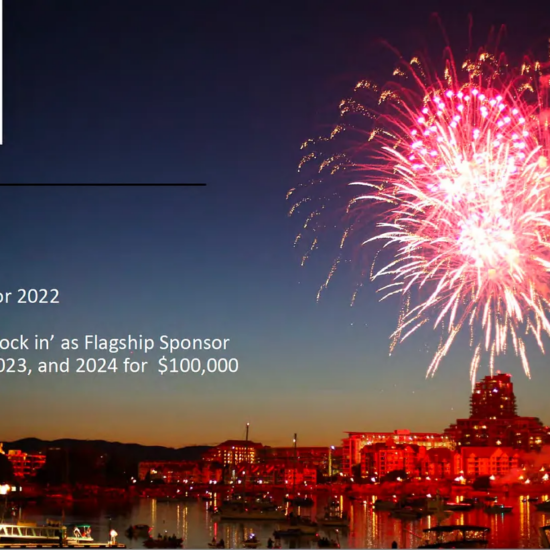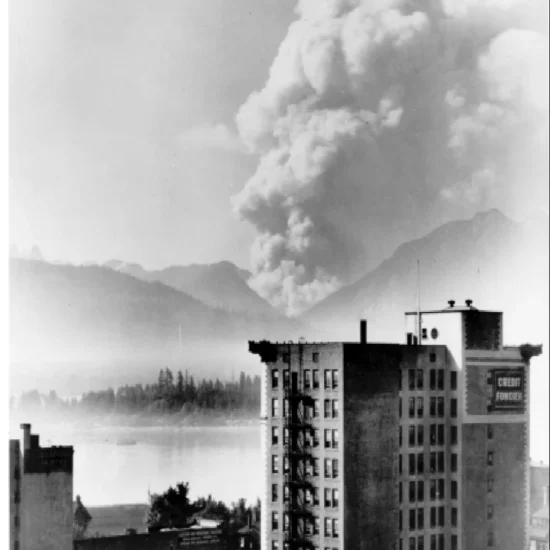
Bob Mackin
The BC Liberal government can continue to keep a 13-page document about the business case and cost-benefit analysis for the Massey Tunnel Replacement Project secret, an adjudicator has ruled.
Celia Francis of the Office of the Information and Privacy Commissioner decided Feb. 21 that the contents of the documents contain advice and recommendations, therefore the government need not release it.
Thus ends a three-and-a-half-year quest to learn more about how the Liberals decided to embark on the $3.5 billion project to build a 10-lane bridge from Richmond to Delta by 2022.

Architect’s rendering of $3.5B bridge over Deas I. (BC Gov)
Premier Christy Clark announced the bridge Sept. 20, 2013 at the Union of B.C. Municipalities convention in Vancouver. theBreaker applied for the cost-benefit analysis and business case, but was sent a $126 invoice by the government in November 2013 that said it would take nine hours to find and process 60 pages about the project. Under OIPC pressure, the government released heavily censored documents in mid-2014. A written inquiry ensued last fall, leading to the decision this month.
The government originally pleaded the documents were covered by sections in the Freedom of Information and Protection of Privacy Act protecting cabinet documents and fear of harm to government finances. It dropped the latter, and substituted the advice or recommendations defence.
The adjudicator wrote in her Feb. 21, 2017 decision that the information withheld consists of “options, expert opinions, implications and policy considerations regarding the funding and scheduling of several ministries’ capital projects, as follows: Treasury Board Staff’s analysis of the Ministry of Transportation’s proposed funding changes in its Capital Plan Submission, including factors TB Staff considered; TB staff’s comments on the implications and considerations for certain options for carrying out several ministries’ projects; Proposals, budget estimates, assumptions and considerations regarding the Ministry of Transportation’s projects.”
Because the adjudicator accepted the advice or recommendations defence, she did not consider the cabinet confidences plea.
Since the FOI request was filed, the cost of the bridge rose to $3.5 billion before Christmas 2015. The price is subject to change for a variety of factors, because of tendering and issues about the depth of sand and silt.
B.C.’s environment ministry gave its approval Feb. 9. On Feb. 24, the federal government refused a request to study the project by Metro Vancouver mayors opposed to the bridge.
The cruel irony is that all this activity comes during February, Black History Month.
The Massey Tunnel goes under and through — and the bridge would be built atop — Deas Island. Its namesake, John Sullivan Deas, was a pioneer salmon canner from South Carolina.
The tinsmith moved north from San Francisco to Victoria in 1862 and then Yale before discovering an opportunity in the Lower Fraser River on an island between today’s Richmond and Delta.
According to H. Keith Ralston in “John Sullivan Deas: A Black Entrepreneur in British Columbia Salmon Canning”:
In April 1873, Deas pre-empted on the island which now bears his name and there proceeded to erect a cannery which was likely ready to operate in the season of 1873. (His contemporary statements about the scale of his operations in 1873 and 1874 tend to confirm this, and later accounts date the foundation of the cannery to 1873.) Any case before the 1874 season about seven acres had been dyked on the north end of the low-lying marshy island and a complex of buildings had been built. Two large structures housed the cannery and its associated warehousing space, and a third was a dwelling house, possibly a bunkhouse. There were also a number of smaller buildings. Since fish collection as well as shipping the product depended on the river frontage, the whole was completed by a substantial wharf.

John S. Deas label (Gulf of Georgia Cannery National Historic Site)
As anyone in the fishing industry knows, some years are better than others. But competition came. Three in 1878, including one in nearby Ladner.
Deas’ application for federal approval to lease drifts near his cannery was turned down.
Wrote Ralston:
In a dispute over school taxes in the summer of 1877, he is alleged to have said that he would pay only if the money were returned for a teacher and a school on Deas Island. Maybe he and his wife were worried about educational opportunities for their growing family — the elder children were into their teens. Possibly his health was beginning to fail; tinsmithing was a notoriously unhealthy trade, and the rooming house looks like an attempt to provide his wife with an income. It could be that it was the start of a move to what he saw as the better opportunities on the Columbia River.
Deas returned to the U.S. and died in 1880 at age 42 in Portland.
Order F17-07 by BobMackin on Scribd











